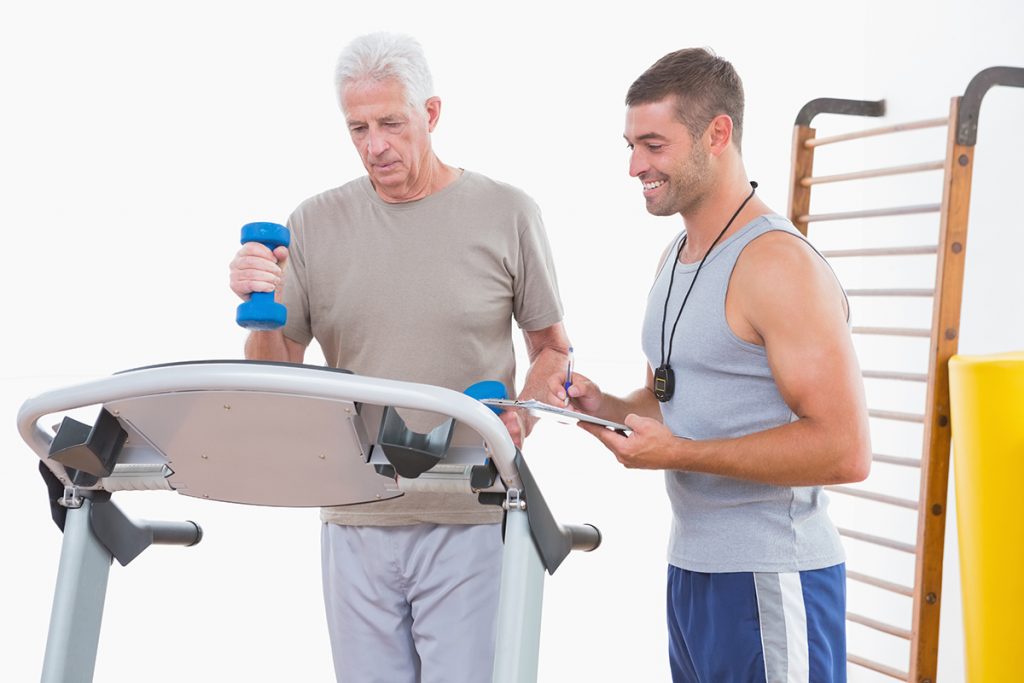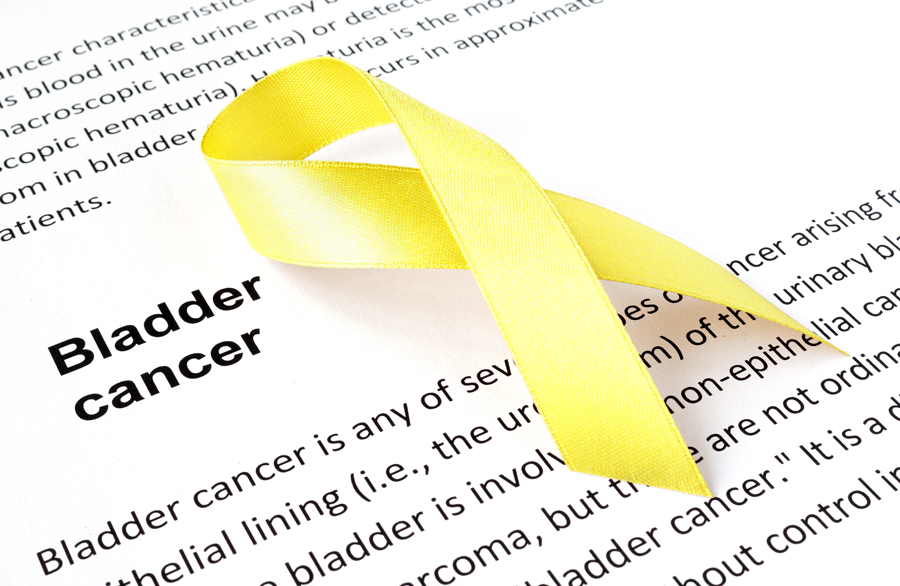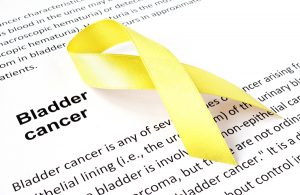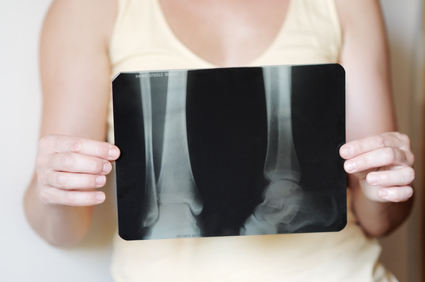Exercise and Prostate Cancer
The rising rate of prostate cancer necessitates developing better methods to prevent and treat prostate cancer. Prostate cancer is the third leading cause of cancer death among U.S. men, according to the American Cancer Society. The country’s 3.3 million prostate cancer survivors account for 21 percent of all cancer survivors.
There are many reasons why a cancer patient should stay as active as possible through cancer treatment and recovery. I will begin by pointing out a few studies that show how exercise can benefit cancer patients. These studies demonstrate how exercise can reduce certain side effects from treatment, increase energy, decrease stress, and improve quality of life.

There is evidence to support the use of exercise in prostate treatment. Exercise plays a role in the all-around improved physical and mental health and therefore should be considered in the treatment plan. We know that exercise can decrease recurrence for some cancers and the role it plays in weight control, which is correlated with some cancers. For prostate cancer specifically, data indicates that obesity increases the aggressiveness of prostate cancer, and thus mortality. Men receiving androgen deprivation therapy are at higher risk for depression. Exercise reduces depression.
Studies do have their limitations. Some use self-reported data about lifestyle and exercise. Moreover, there may be a low number of minority participants who may often have higher cancer rates. The following are a few of the published studies, which confirm that exercise should be included in the treatment plan for prostate cancer patients.
Studies have suggested that patients with high levels of physical activity had a lower rate of disease progression and also reduced mortality from prostate cancer. Ying Wang, PhD, a senior epidemiologist in the Epidemiology Research Program at the American Cancer Society in Atlanta, and colleagues analyzed data on 10,067 men diagnosed with non-metastatic prostate cancer between 1992 and 2011. Men with prostate cancer, which hasn’t spread may have longer survival the more they exercise. A study demonstrated that men who were the most physically active had a 34% lower risk of dying from prostate cancer when compared with men who were the least physically active. Men who either maintained or increased their exercise level also benefited. Prostate cancer patients who kept up a moderate to high level of physical activity also had better survival prognoses compared with their more sedentary counterparts. Those men who were more active before diagnosis were more likely to have lower-risk cancer tumors and a history of prostate screenings. They were also leaner, more likely to be nonsmokers and vitamin users and they ate more fish. Wang concludes, “Our results support evidence that prostate cancer survivors should adhere to physical activity guidelines, and suggest that physicians should consider promoting a physically active lifestyle to their prostate cancer patients.”
Androgen Deprivation Therapy leads to numerous side effects, which can be decreased through exercise. Side effects of ADT include loss of muscle, increase in fat mass and osteoporosis. Risk for diabetes and heart disease also increases. Brian Focht, reported at the November AICR convention, that functional ability increased dramatically as did quality of life for those that exercise, and side effects of ADT were reversed.
Exercise can decrease blood sugar levels, which lower insulin levels and also helps to lower inflammation. There does appear to be a positive association between insulin levels, inflammation and prostate cancer risk.
The evidence for physical activity in reducing anxiety and depression, while increasing general-well being is fairly substantial. Improving well-being can have a dramatic beneficial effect on sexual function. Consistent exercise will also help to lower insulin, blood sugar, and improve overall cardiovascular health, all of which have positive impact on erectile dysfunction and libido ().
In 2016, Rider and Wilson studied the connection between ejaculation and prostate cancer, which was published in European Urology. Men that reported higher ejaculatory frequency were less likely to be diagnosed with prostate cancer . This study showed a beneficial role of frequent ejaculation particularly for low-risk disease.
Some doctors have traditionally told patients to rest during this time but Favil Singh’s research confirms the importance of getting fit prior to surgery. Singh’s research published in the journal Integrative Cancer Therapies has shown that a regular dose of physical activity prior to surgery helps the recovery process. This reduces time in the hospital.
Singh stated “This is the first time we’ve been able to demonstrate the benefits of ‘pre-habilitation’ for prostate cancer patients. It is safe, side effect-free and can be done while undergoing chemo or radiotherapy. Just two sessions a week of resistance and exercise training for six weeks can make a difference to recovery.”
Often, there is a waiting period in between diagnosis and surgery. If fitness level can be improved before surgery the patient, then the patient goes into the surgery stronger and may have a better recovery.
The American Cancer Society and American College of Sports Medicine recommends at least 150 minutes of moderate physical activity or 75 minutes of vigorous exercise each week. This advice is a good goal for those who have been inactive. Unfortunately, in my view this is insufficient for a significant number of cancer patients. Having worked with cancer patients for over 20 years, I believe that this recommendation needs to be changed. It is impossible to include aerobic exercise, strength training, and other exercise methods in the current recommended time frame.
Carol J. Michaels is the founder and creator of Recovery Fitness® LLC, located in Short Hills, New Jersey. Her programs are designed to help cancer survivors in recovery through exercise programs. Carol, an award winning fitness and exercise specialist, has over 17 years of experience as a fitness professional and as a cancer exercise specialist. Visit her website, carolmichaelsfitness.com
References
Steven C. Moore PhD, et al, Association of Leisure-Time Physical Activity With Risk of 26 Types of Cancer in 1.44 Million Adults. JAMA Intern Med. 2016; 176(6): 816-825.
Lynch B.M., Dunstan D.W., Vallance J.K., Owen N. Don’t take cancer sitting down: A new survivorship research agenda. Cancer. 2013, Jun 1; 119(11): 1928-35 Medicine
Kristina H. Karvinen, Kerry S. Courneya, Scott North and Peter Venner, Associations between Exercise and Quality of Life in Bladder Cancer Survivors: A Population-Based Study, Cancer Epidemiology and Biomarkers Prevention May 2007, 10.1158/1055-9965
Gopalakrishna et al, Lifestyle factors and health-related quality of life in bladder cancer survivors: a systematic review. Journal of Cancer Survivorship, 2016 (5): 874-82
Vallance, J., Spark, L., & Eakin, E.. Exercise behavior, motivation, and maintenance among cancer survivors. In Exercise, Energy Balance, and Cancer (2013) (pp. 215-231). Springer
Cannioto et al., The association of lifetime physical inactivity with bladder and renal cancer risk: A hospital-based case-control analysis, Cancer Epidemiology, Volume 49 August 2017
Cramp F, Byron-Daniel J. Exercise for the management of cancer-related fatigue in adults. Cochrane Database Syst Rev. 2012; 14(11): CD006145.
Booth FW, et al., Lack of exercise is a major cause of chronic diseases. Compr Physiol. 2012 Apr; 2(2): 1143-211.
Stephanie Cash et al, Recreational physical activity and risk of papillary thyroid cancer among women in the California Teachers Study. Cancer Epidemiology, Feb 2013,37(1): 46-53
Hwang, Yunji MS; Lee, Kyu Eun MD, PhD; Park, Young Joo MD, PhD; et al, Annual Average Changes in Adult Obesity as a Risk Factor for Papillary Thyroid Cancer: A Large-Scale Case-Control Study, Medicine, March 2016, Mar; 95(9): e2893
Cao Y, Ma J. Body mass index, prostate cancer-specific mortality, and biochemical recurrence: a systematic review and meta-analysis. Cancer Prev Res (Phila). 2011; 4: 486-501.
Galvao, et al. Combined resistance and aerobic exercise program reverses muscle loss in men undergoing androgen suppression therapy for prostate cancer without bone metastases: a randomized controlled trial. J Clin Oncol. 2010 Jan 10; 28(2): 340-7.
Galvao, et al. Exercise can prevent and even reverse adverse effects of androgen suppression treatment in men with prostate cancer. Prostate Cancer Prostatic Dis. 2007; 10(4):340-6.
Winters-Stone KM, et al. Resistance training reduces disability in prostate cancer survivors on androgen deprivation therapy: evidence from a randomized controlled trial. Arch Phys Med Rehabil. 2015 Jan; 96(1): 7-14.
Giovannucci EL, Liu Y, Leitzmann MF, Stampfer MJ, Willett WC. A prospective study of physical activity and incident and fatal prostate cancer. Arch Intern Med. 2005; 165: 1005-1010.
Storer TW, Miciek R, Travison TG. Muscle function, physical performance and body composition changes in men with prostate cancer undergoing androgen deprivation therapy. Asian J Androl. 2012, Mar; 14(2): 204-21.
Focht, Brian C.; Lucas, Alexander R.; Grainger, Elizabeth; Simpson, Christina; Fairman, Ciaran M.; Thomas-Ahner, Jennifer; Clinton, Steven K., Effects of a Combined Exercise and Dietary Intervention on Mobility Performance in Prostate Cancer, Medicine & Science in Sports & Exercise. May 2016:48(5S): 515.
Rider J, Wilson K.et al. Ejaculation Frequency and Risk of Prostate Cancer: Updated Results with an Additional Decade of Follow up, European Urology. December 2016, volume 70, issue 6
Singh F. et al. Feasibility of Presurgical Exercise in Men With Prostate Cancer Undergoing Prostatectomy, Integrative Cancer Therapies (2016). DOI: 10.1177/1534735416666373
Wang et al, Recreational Physical Activity in Relation to Prostate Cancer–specific Mortality Among Men with Nonmetastatic Prostate Cancer. European Urology July 2017 online bit.ly/2tXMK6Y




 Progression of exercise should be gradual. A deconditioned person should start without using any weight and concentrate on proper technique. If 8-10 repetitions can not be executed, repetitions should be decreased or the weight lowered or resistance band used changed to less resistance. The exercise routines have to be adapted for the day-to-day changes that that can affect the ability to work out. Our program will start using a very light weight, with few repetitions, typically 10. In subsequent sessions, patients can add repetitions. After performing 2 sets of 10 repetitions with no problem then a small amount of weight may be added in 1 pound increments. We also alternate between a strength training exercises with a stretch for each muscle group and to alternate an upper body and lower body exercises. Pilates exercises are great way to incorporate deep breathing with strengthening the core. The deep breathing helps to pump lymphatic fluid and will also help reduce stress.
Progression of exercise should be gradual. A deconditioned person should start without using any weight and concentrate on proper technique. If 8-10 repetitions can not be executed, repetitions should be decreased or the weight lowered or resistance band used changed to less resistance. The exercise routines have to be adapted for the day-to-day changes that that can affect the ability to work out. Our program will start using a very light weight, with few repetitions, typically 10. In subsequent sessions, patients can add repetitions. After performing 2 sets of 10 repetitions with no problem then a small amount of weight may be added in 1 pound increments. We also alternate between a strength training exercises with a stretch for each muscle group and to alternate an upper body and lower body exercises. Pilates exercises are great way to incorporate deep breathing with strengthening the core. The deep breathing helps to pump lymphatic fluid and will also help reduce stress.
 There are many reasons why a cancer patient should stay as active as possible through cancer treatment and recovery. I will begin by pointing out a few studies that show how exercise can benefit cancer patients. These studies demonstrate how exercise can reduce certain side effects from treatment, increase energy, decrease stress, and improve quality of life. In the last article of this series, I will suggest ways to develop an exercise program that based on the individual’s needs and is safe and effective.
There are many reasons why a cancer patient should stay as active as possible through cancer treatment and recovery. I will begin by pointing out a few studies that show how exercise can benefit cancer patients. These studies demonstrate how exercise can reduce certain side effects from treatment, increase energy, decrease stress, and improve quality of life. In the last article of this series, I will suggest ways to develop an exercise program that based on the individual’s needs and is safe and effective. The sooner the patient starts to exercise the better. Starting before surgery and treatments and continuing during treatment can lead to a better recovery with less complications and medications.
The sooner the patient starts to exercise the better. Starting before surgery and treatments and continuing during treatment can lead to a better recovery with less complications and medications.
